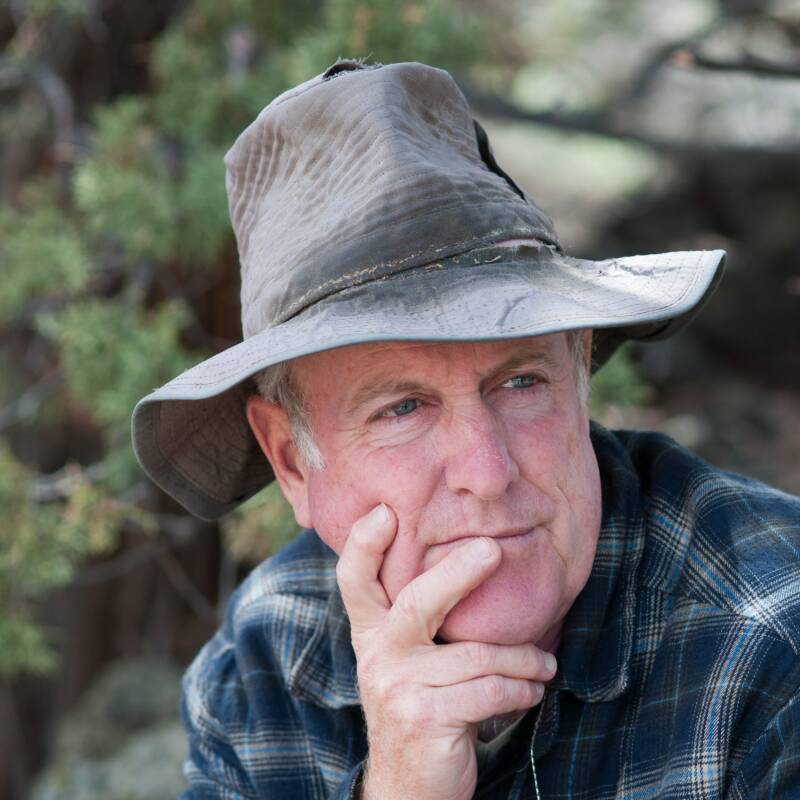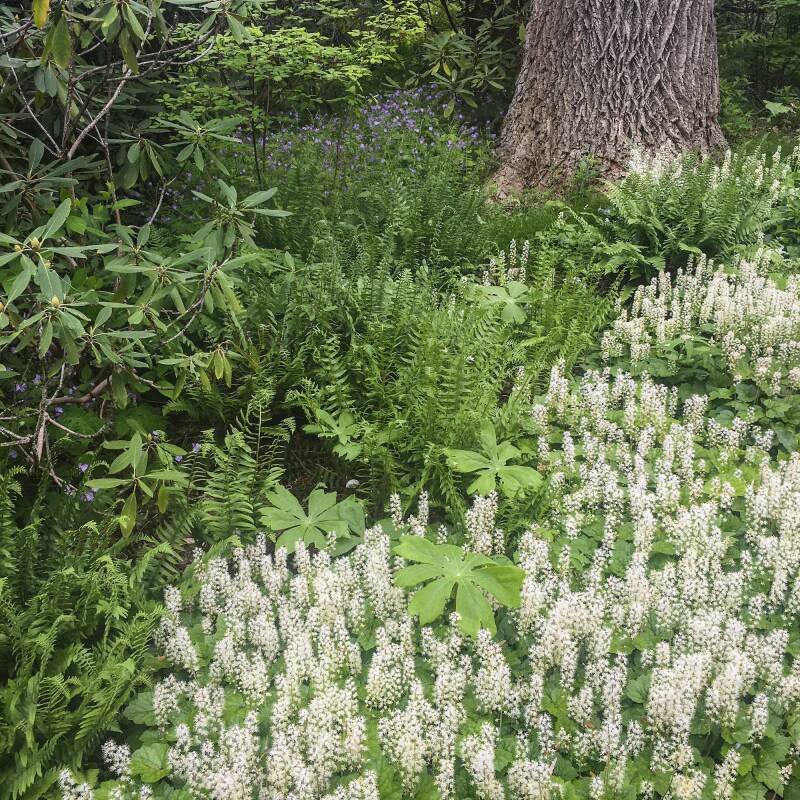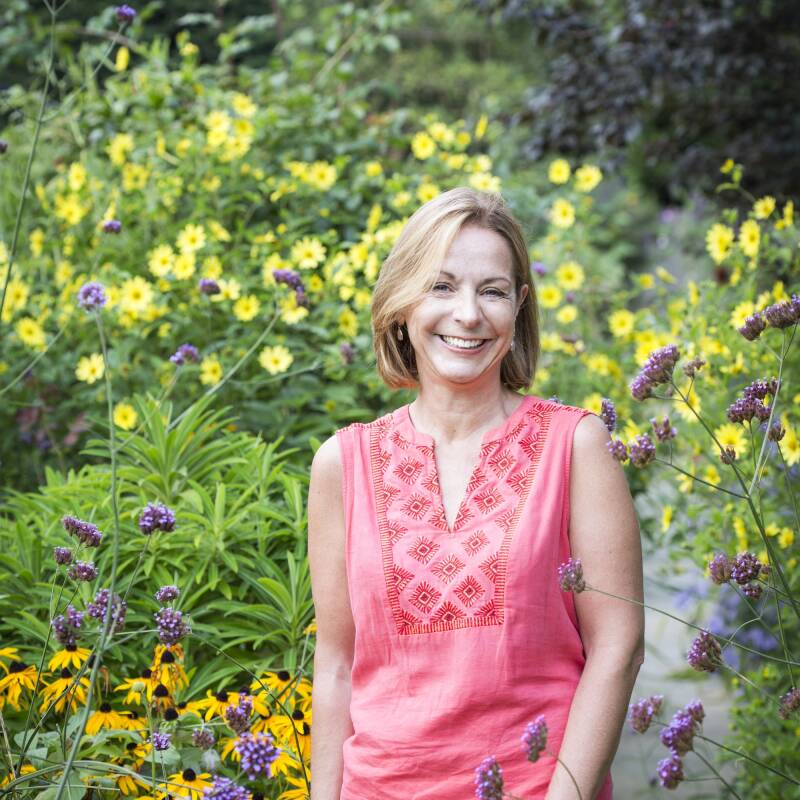The name The Wild Yards Project tells you a little about its founder David Newsom’s journey over the last seven years: It started out as a project. A Los Angeles-based film professional and photographer, Newsom had recently become a parent when he discovered gardening. “I immediately began to worry about my kids’ baseline interaction with the wild world,” he says. “I had no background in botany. I wasn’t into horticulture. I just knew that I found solace in being around plants and animals, and I wanted to give my kids that.” Newsom decided to rewild his backyard, so his kids could have nature right outside their door.
Photography by David Newsom.


“At first, I thought I would just go around and film and share stories about what people did,” says Newsom. “But I pretty quickly felt compelled to get my own hands dirty and to build these gardens.” Soon Newsom was consulting with other homeowners who wanted to rewild their yards. “I would go over to their house and help them spin a story about what their land could be—that’s how it started.” His work led to deep research into hyperlocal plants in his Mediterranean chaparral biome and ecological gardening practices. “There’s a series of benefits, so many stacked functions to these gardens beyond amplifying biodiversity,” he says. “We’re amplifying physical and mental health, water infiltration, and carbon sequestration.”

Casual advice gradually morphed into more formal garden coaching and eventually design and installation services. However, Newsom’s landscape work is different from traditional garden designers. For one, he wants his clients to get their hands dirty. “I tell them: I promise you’ll know more about your land in a year than I do,” he says. “When people move away from traditional gardens, they become authors in the natural and cultural history of their land—and that land is its own educator.” For any project, Newsom visits the property, tests the soil, and explores nearby nature with a similar disposition. Then he creates a plant list and offers a design plan whose execution can range from homeowner DIY to full design and install. Gardeners who want to do it themselves can book Newsom hourly for future coaching. “You don’t need to spend $50,000 to $150,000 on high-priced landscapers,” he says.

Wanting to bring a connection with nature to more people, Newson volunteered to create a community garden at a local church where his kids went to preschool in 2019. “That 6,000 square foot community garden became my biggest testing ground,” he says. “In retrospect, it was a ridiculously hard project. I learned so many lessons.” Newsom has since consulted on various school and community gardens, which made him realize he wanted to scale up his efforts.

“Visiting schools and working on school gardens I’ve seen that kids have a profound disconnect from land,” he says. He found himself wondering, ‘How can we get more place-based gardens with a curriculum into schools?’ His answer is the Wild Classrooms Project, which he is in the midst of setting up as a 501c3. Next month Newsom and three California Climate Action Core fellows will break ground on their pilot garden at Eagle Rock Elementary School, which students will plant this fall. They are also setting up a composting program and developing a curriculum that Newsom hopes can be used in classrooms across Southern California, and eventually maybe the whole country.

Newsom also continues his work as a garden coach and designer through the Wild Yards Project, but he says that too is shifting and changing. “For a long time I had a very puritanical sense of creating native gardens. But of course, the more time you spend out in the world, you realize that everything’s changing and everything is in flux,” he says. “What is as important to me is creating place-based gardens where people can connect to land and place…The part that’s always evolving for me is to get rid of my own dogmas and start to be a little more easygoing about the way that people do it. Because the main thing is to fall in love and interact with land.”
To learn more about the Wild Classroom Project’s development, follow David Newson on Instagram @wildyardsproject.
See also:
- Garden Visit: Out with the Lawn, In with the Native Plants
- 8 Ideas to Steal from the Brooklyn Museum’s Lawn-Turned-Meadow
- Ask the Experts: What Changes Can Home Gardeners Make to Help the Planet?
- Set Your Garden Free: Start By Rewilding One Half, Says ‘Reformed’ Landscape Designer Mary Reynolds












Have a Question or Comment About This Post?
Join the conversation (1)